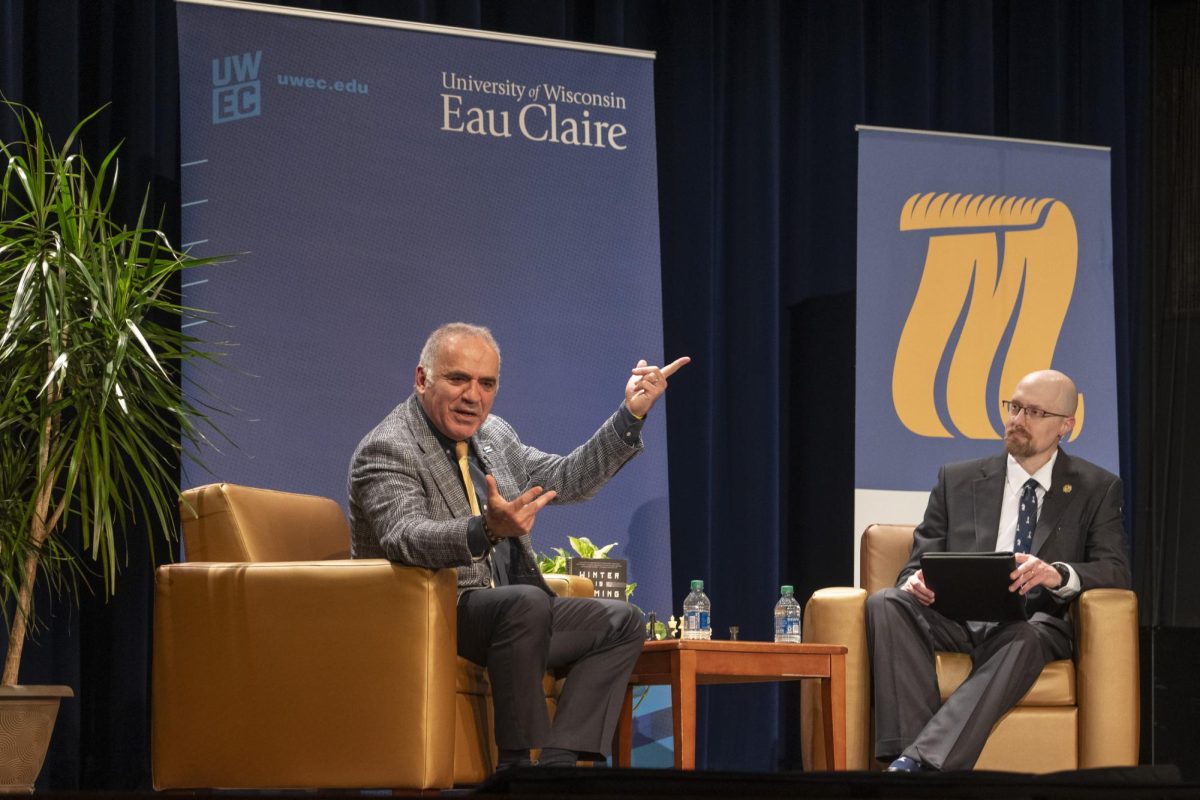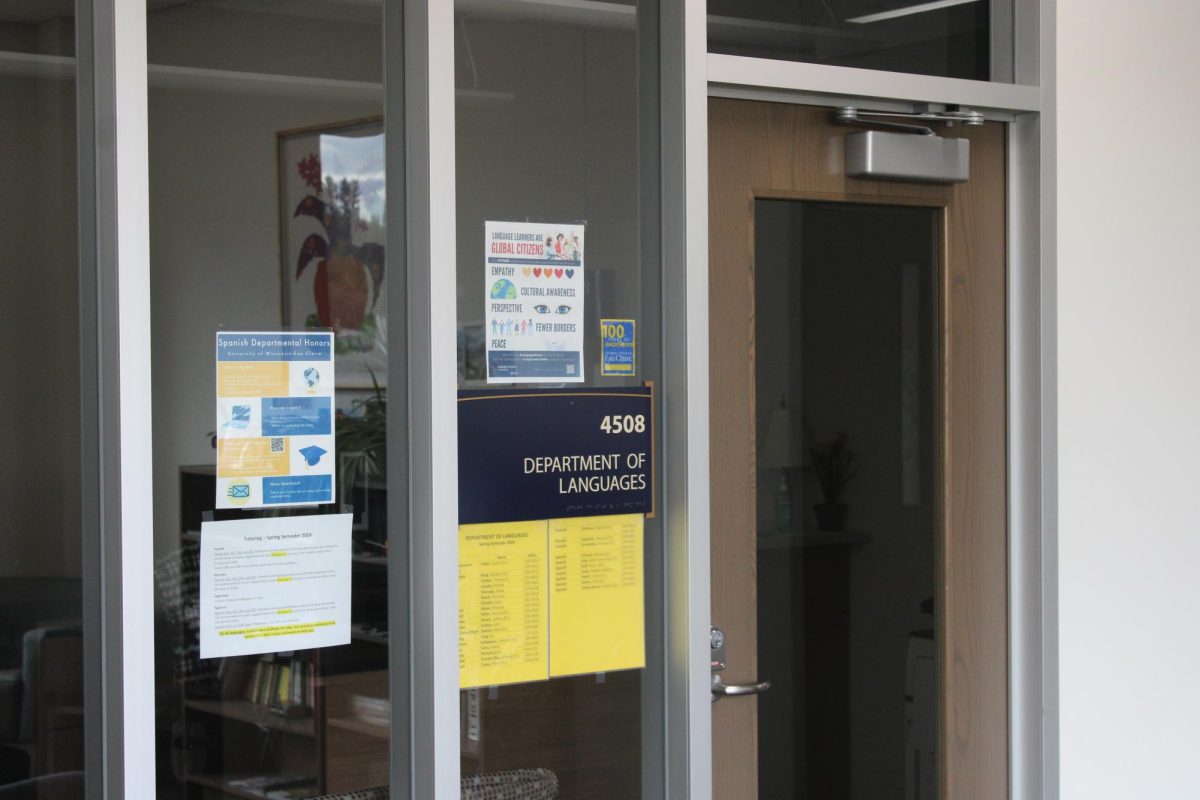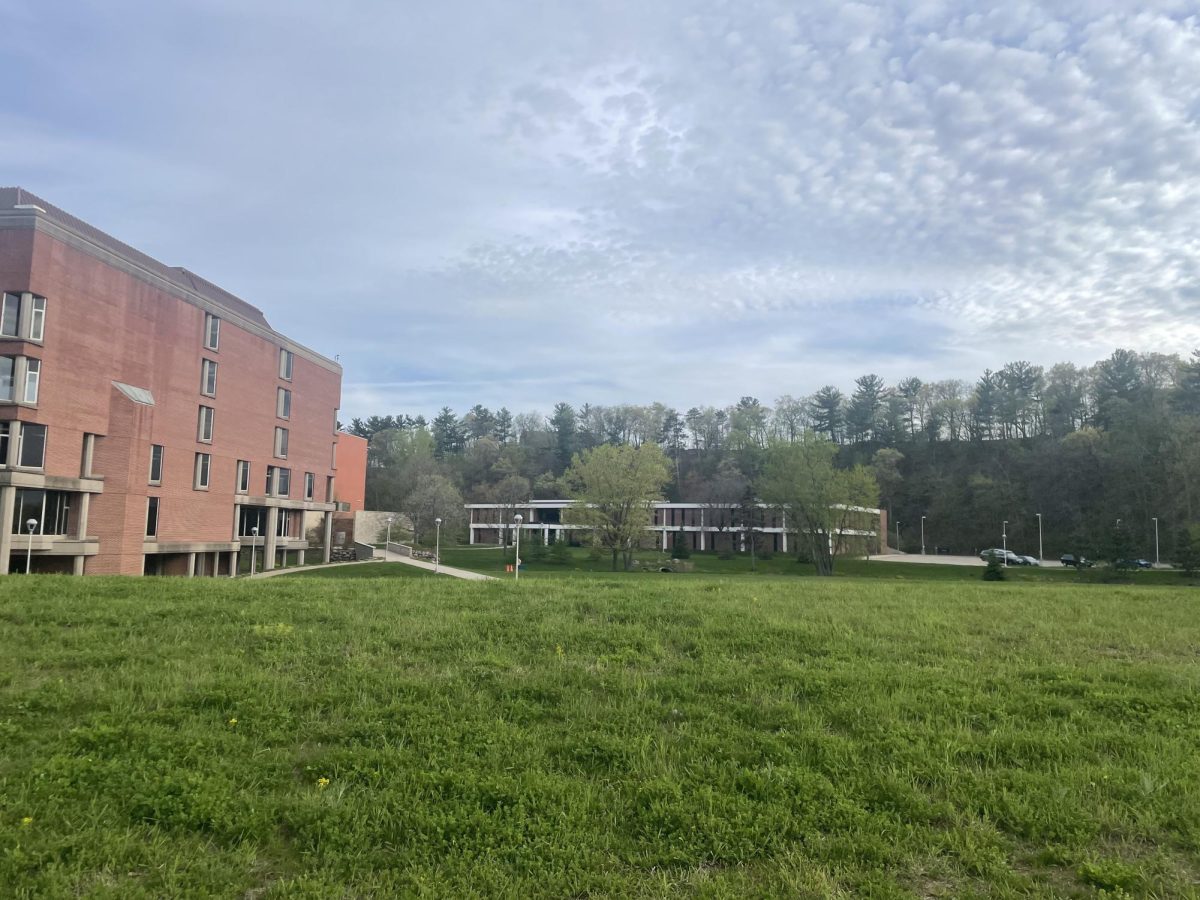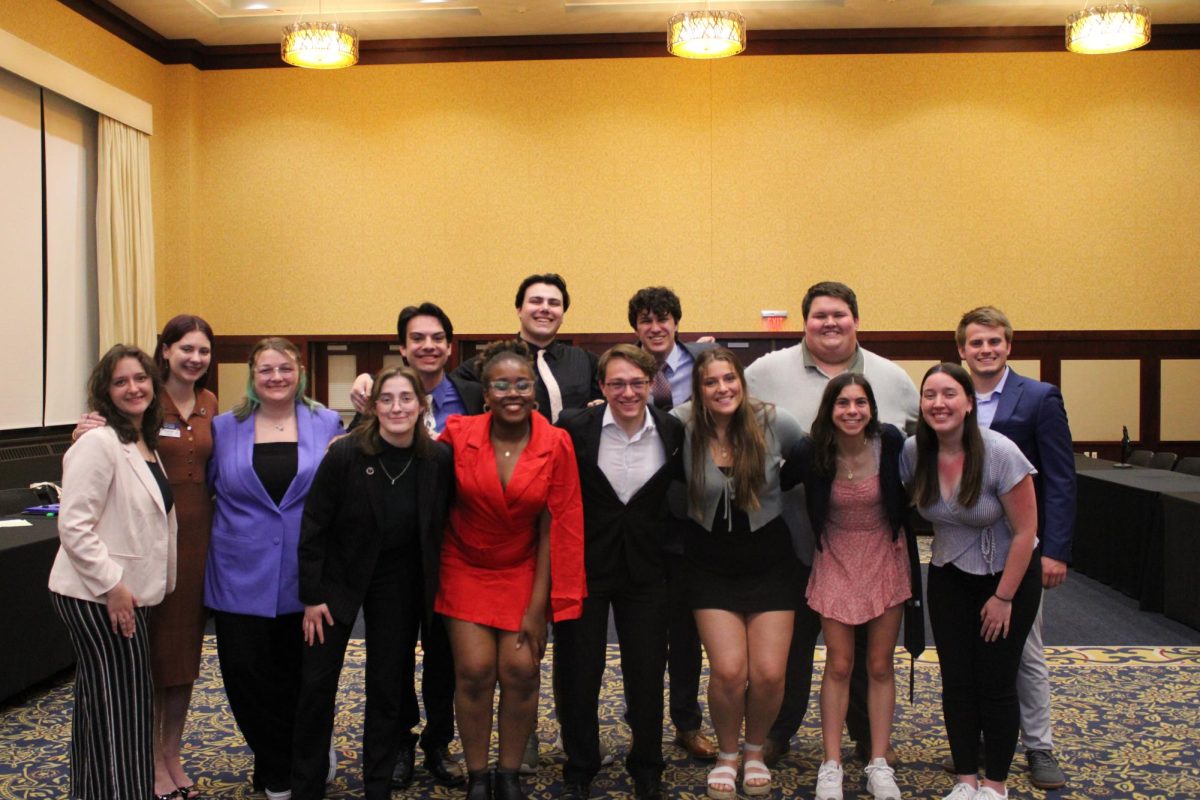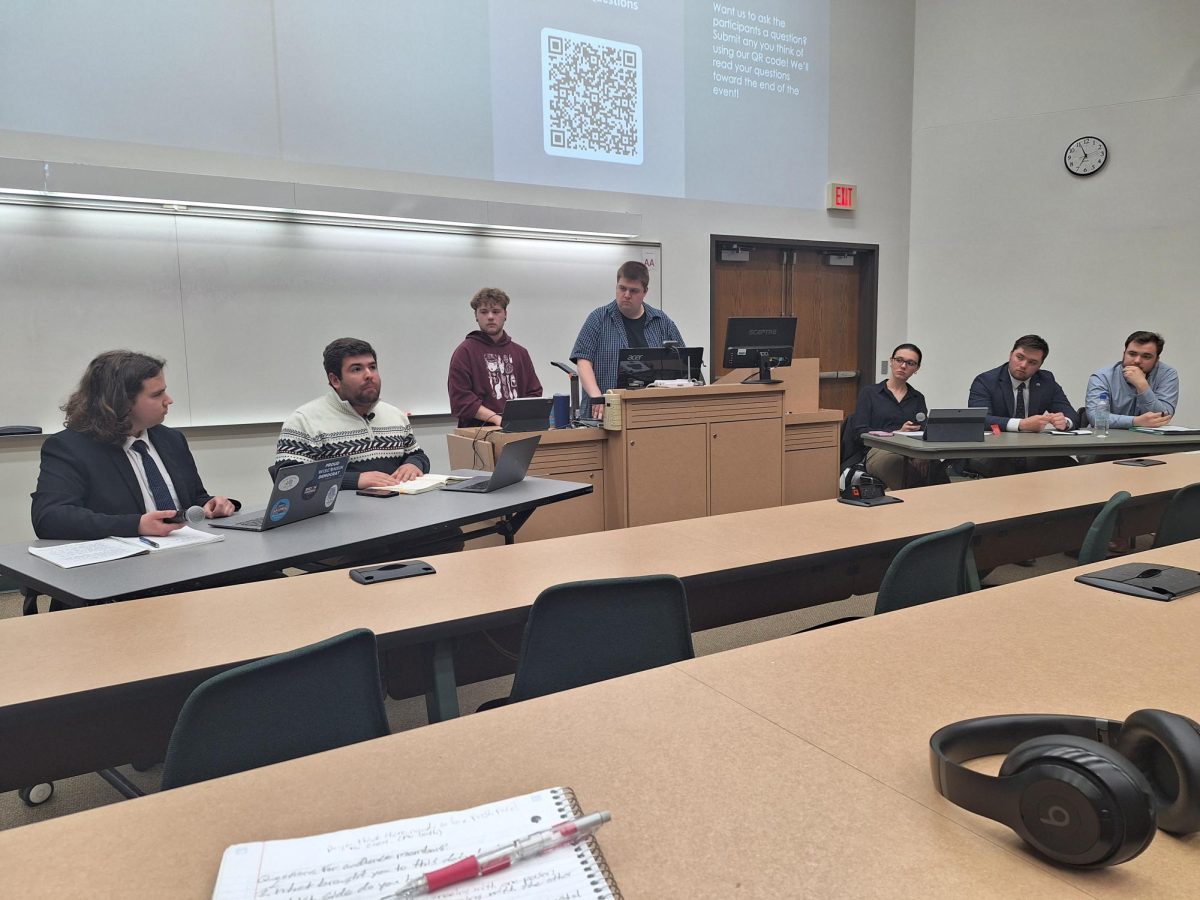Costs to redesign the new student center at the 35 percent design phase in 2009 have totaled at least $572,000 to date, according to contract change orders from the project.
Executive Director of University Communications Mike Rindo confirmed this figure and said the costs would be absorbed entirely by the original $48.8 million budget. No tax dollars were involved in the development of the building, which was funded entirely by student segregated fees.
Rindo said he felt the 35 percent design phase was a logical time to make the decision to redesign. He said that’s the point in the process where the university would have gone to the Board of Regents and State Building Commission for permission to proceed to a full design and begin construction.
“That’s where we really do a go or don’t go,” Rindo said. “If there is a major issue that’s involved, that’s where we say, ‘OK, what is it?’”
A decision to redesign the student center was made in September 2009, one week after the original location was announced in a university news release. That release stated that the site they selected would “require that the oak tree that now stands near the location of the original Historic Council Oak Tree be moved or removed.”
Chancellor Brian Levin-Stankevich first announced the redesign at a Sept. 23, 2009, University Senate meeting. He said the decision to redesign came after concerns arose about the new student center’s infringement on the site of the tree, according to a media memo released the same day.
Levin-Stankevich noted the need to preserve the oak tree in its current location as the reason he made the decision, but Rindo stressed that a redesign was ultimately necessary for multiple reasons.
“It was also because of the proximity to the nursing building, there was a lot of objections from nursing,” Rindo said. “The other was the size of the building — it was too large. We needed to downscale it and that also resulted in some costs.”
Of the $572,791 amount, $81,201 was to provide three additional site options that “avoid the Council Oak Tree,” according to Dec. 14, 2009, contract change order.
The rest of the redesign costs were a $491,590 fee to redesign the building “to avoid construction in a protected zone around the Council Oak Tree,” according to a separate contract change order from Feb. 8, 2010.
Beth Hellwig, chair of the University Student Center Steering Committee, also listed the same reasons that Rindo did for why a redesign was necessary, noting the committee worked hard to make the right decisions for students.
“I don’t think anyone anticipated when we started the process that we would have such parameters, restrictions with the (original) site that we selected,” she said.
One member of the steering committee, who asked not to be named, said they may have “rushed” through the planning process at times. The committee member said that because construction costs were lower in the down economy, they were given the impression that the project needed to get to bid before costs started to rise.
Rindo said he was aware of some questions related to the planning process. But he added that the university worked in a partnership with the Division of State Facilities, who was responsible for setting the timeline.
“My understanding is that there were concerns expressed about the project schedule,” he said. “In the final determination, the Division of State Facilities has to use its best judgment as to what’s realistic. Then we need to work with them in order to try and achieve those goals.”
Russ Van Gilder, DSF project manager, declined to comment on the project.
Prior to the redesign, the building was scheduled to be finished in late fall 2012, according to a Sept. 15, 2009, university media memo. The building is now set to be completed this summer and to open for use in August 2012, according to a Feb. 15 news release.
Susan Harrison, a member of the steering committee, said she couldn’t recall if the committee had been made aware of the specific costs at the time, but that it was the right decision to make.
Harrison added that she didn’t feel the costs of redesign are affecting how the building will ultimately turn out.
“As far as I know, we still got everything that we wanted because the bids came in so well,” Harrison. “I firmly believe that we have a better designed building now than we had to begin with.”
Rindo said that it isn’t uncommon for construction projects to ultimately have some cost for redesign, which is why the numbers were never announced publicly.
Likewise, Rindo and Hellwig both pointed out that there have always been student members on the steering committee who were made aware of the costs.
Student Body President Phil Rynish, a current member of the committee, said that he and past student representatives have never been afraid to remind the committee who is paying for the building.
“I do think committee members have been excellent about respecting that,” Rynish said.
At the time the redesign was announced, Rynish said he was “irate,” but the final costs weren’t yet clear. Despite that, Rynish said he now thinks redesigning was the best option.
“I wish numbers would have been made known sooner when we finally did figure (them) out and the redesign was complete,” he said. “It would have been nice, but we’re better because of the redesign.”
*Note: Freelancer Breann Schossow contributed reporting to this article.


